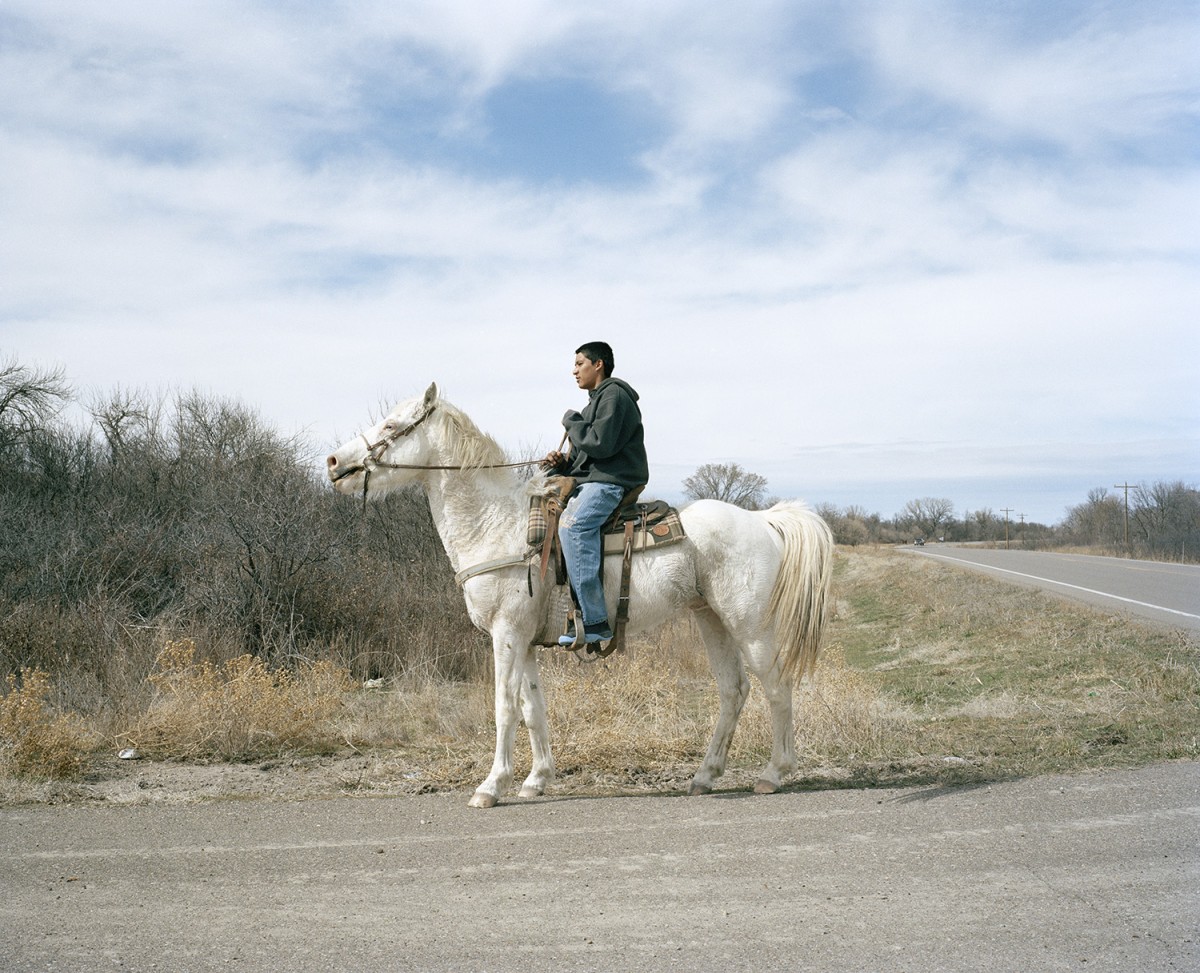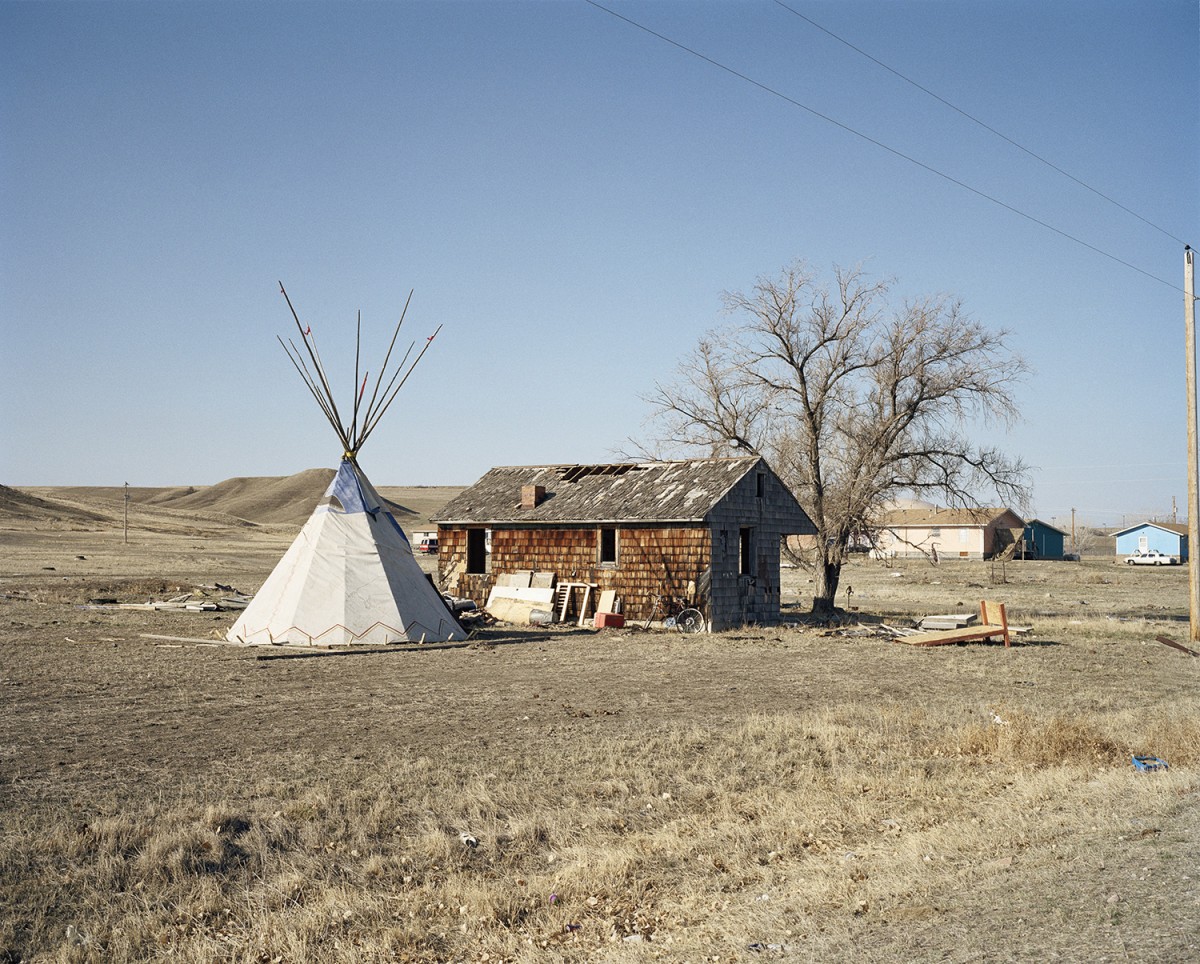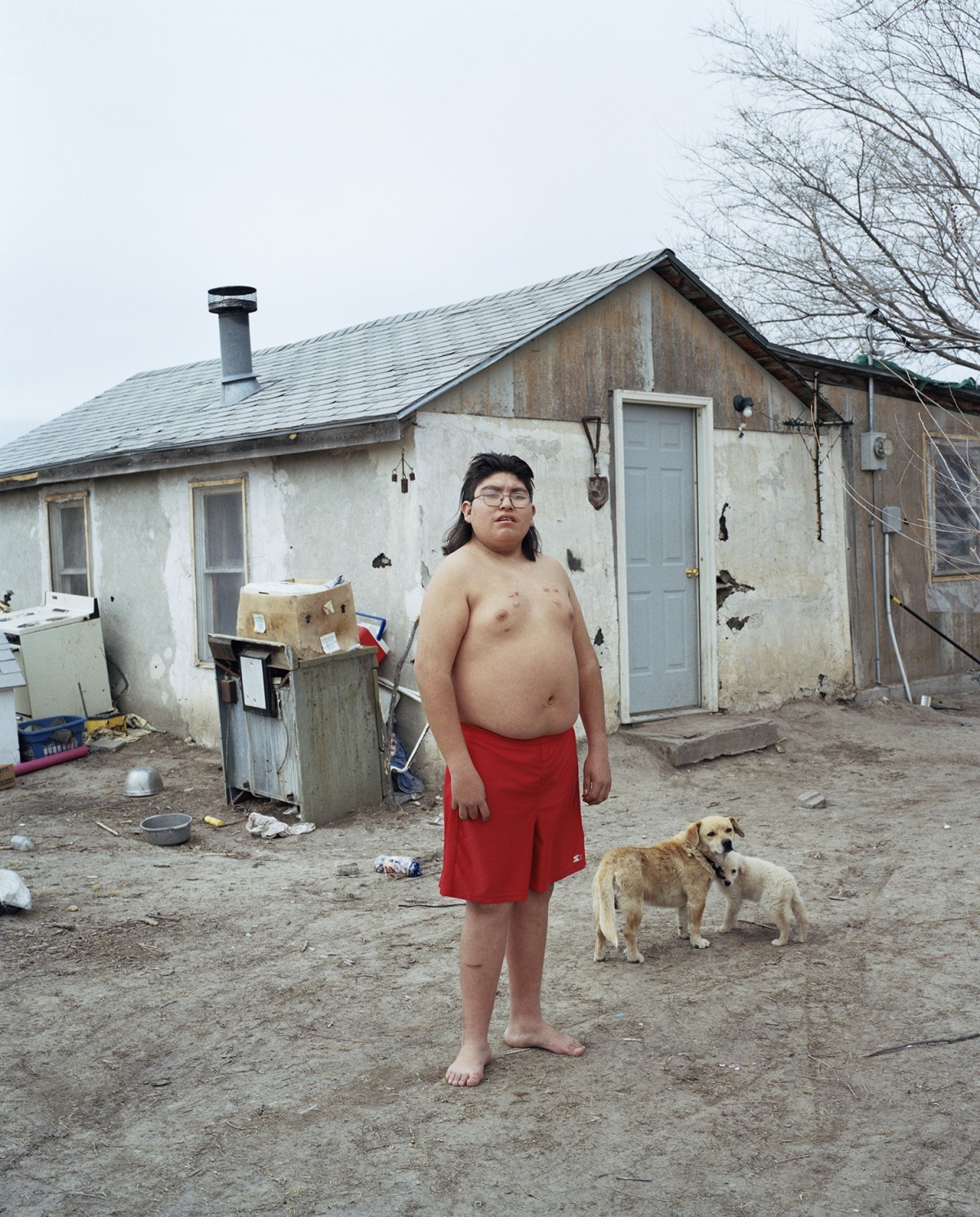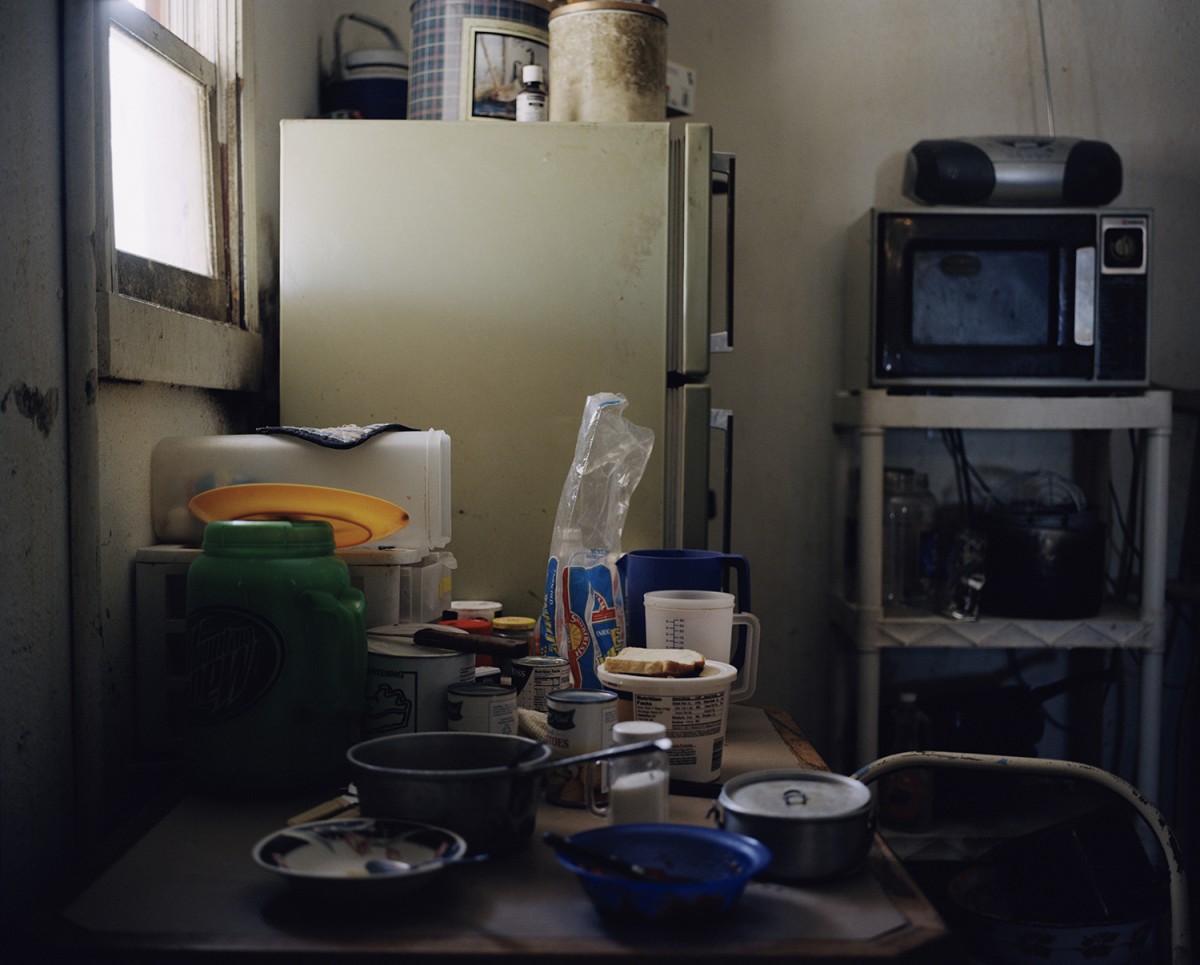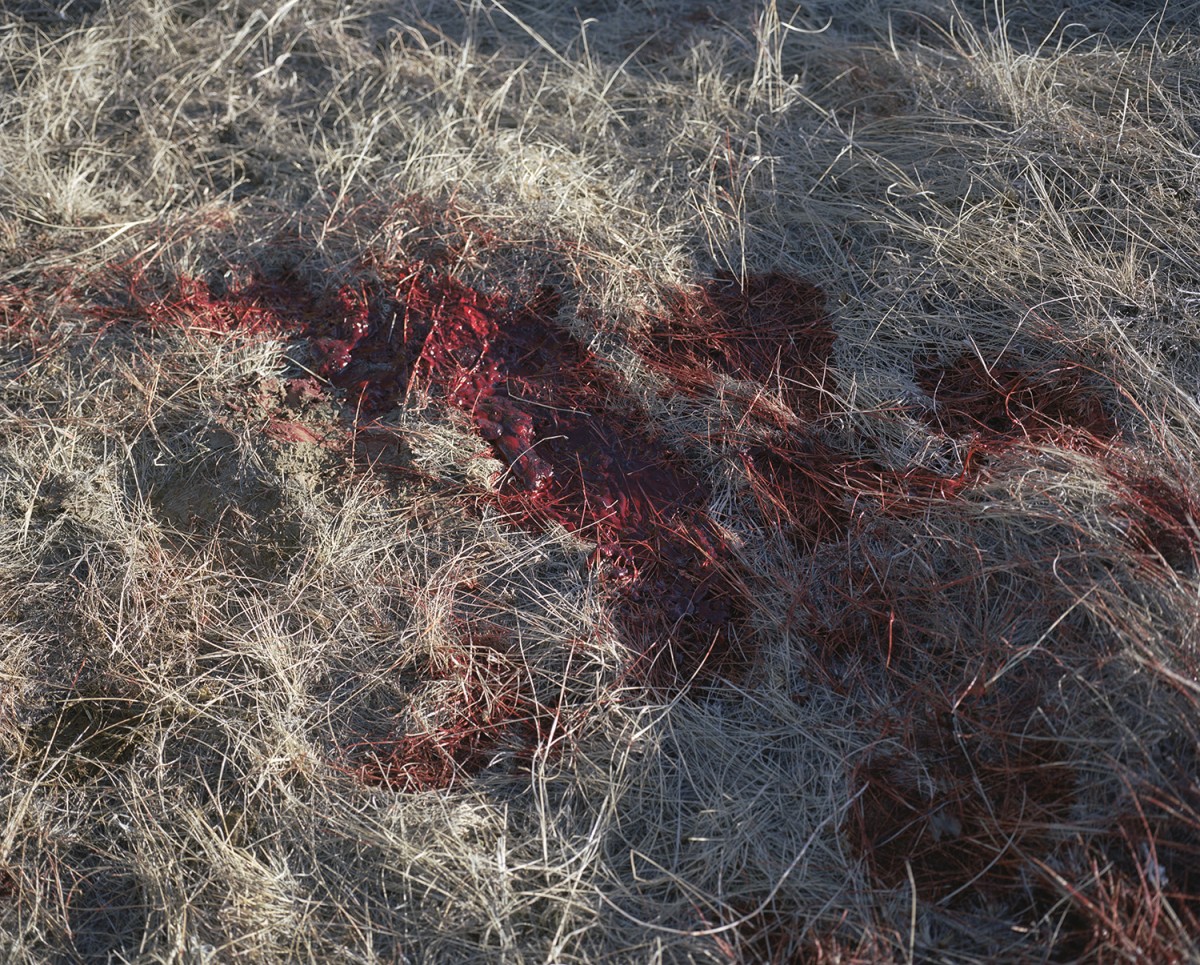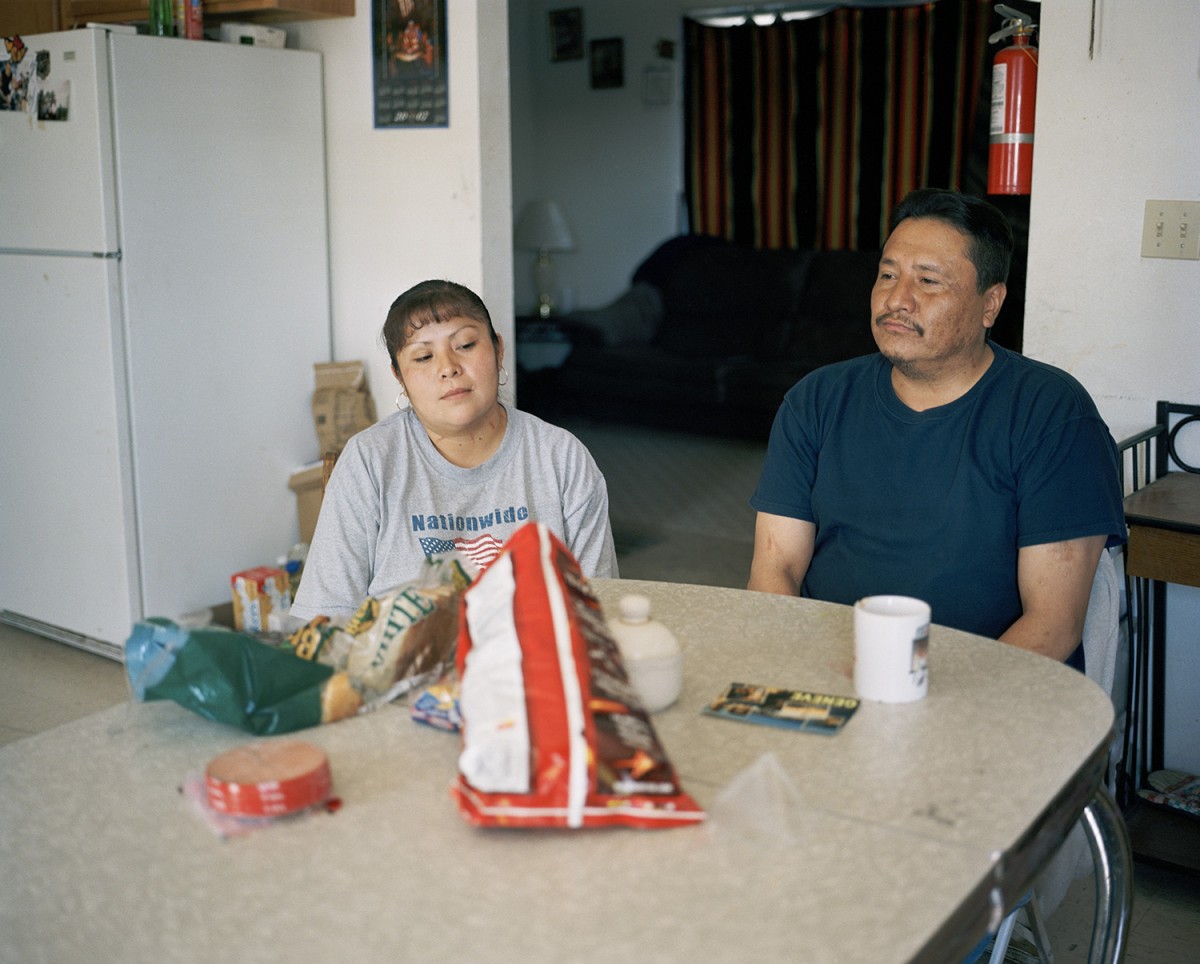Photographer, Kalpesh Lathigra, spoke to us about his new publication 'Lost in the Wilderness'.
PW: Lost in the Wilderness is a portrait of the Native American community of Pine Ridge, Dakota. What drew you to this community?
KL: Having worked as a UK newspaper photojournalist for over six years I felt frustrated by the limits of my professional practice. So in 2000 I began work on long-term projects and started thinking about non-linear narratives and using different camera formats.
Seeing Alec Soth’s Sleeping by the Mississippi exhibition at Liverpool’s Open Eye Gallery in Liverpool in 2004 exposed me to American Colour tradition and I thought about the space that Art and Documentary Practice sits, in the process and in different narratives structures.
I decided to go to the USA and it was here that my friend Mark Hewko gave me a copy of Bury My Heart at Wounded Knee by Dee Brown. This book is the story of what happened to the various Native American tribes when Europeans colonised what we now call the United States.

Reading On the Rez by Ian Frazier, I wanted to visit Pine Ridge Reservation, the site of the Wounded Knee Massacre. A UK charity raised funds for the Oglala Sioux and they put me in touch with Garvard Goodplume Jr, an elder on the reservation.
On my first trip I photographed very little. I was drawn to the land, its raw beauty, the people, their resilience. I felt a powerful connection that I think comes form colonisation and the shared experiences of being a person of colour.

PW: Can you tell us about the people you met? How did they feel about the process?
KL: People would introduce me as ‘The Real Indian”. It was dark humour and always broke the ice. I think our shared experiences created a bond. I didn’t go out to make a photo essay, or pronounce that I was there to try and make a change with my photographs and this created a trust. You can see the photographs are quiet metaphors. That tells you about the process and the absolute understanding of the people I photographed and met.

People are people – I don’t want sound superficial in regards to the question. I met many people from different backgrounds; some were elders, young people, mothers; pretty much the same as you’d find in Brighton or London.
I think the important thing here is not to romanticise the notion of the exotic. One picture in the series is of a gentleman called Vincent Brings Plenty, wearing a war bonnet. You could say this image is the closest to playing on stereotypes and that’s the point of that picture, to make us think.
PW: Your series was created over a long time. When did you know you were finished?
KL: I spent around five years on this body of work. To be honest I could have gone on and on taking photographs, but to what end? To satisfy my ego? I knew I was finished when I had nothing really left to say. The photographs I’ve made were enough for me. They asked the questions I wanted to ask and expressed my thoughts and opinions. I feel they allow the viewer to look and question, away from any visible clichés they may already know.

PW: Did this series inform the approach you took for Return to Elsewhere?
KL: Both these projects were working in communities and the learning curve of Lost in the Wilderness pronounced itself quite heavily on Return to Elsewhere. I believe I laid strong foundations in approach, authorship with Lost in the Wilderness. There is no A-B-C dot to dot in making work. My approach changed and there’s room for serendipity. Don’t get me wrong – I do some research and I have ideas, but I’m open to chance.
PW: Has it been difficult to balance your personal projects alongside your many editorial commissions?
KL: It can be difficult to balance. I’m learning to say “No” to some editorial commissions now. Personal projects are very important to me. They do feed my soul and I guess that’s the selfish part of me needing and wanting to make personal work. But editorial commissions are also important. Sometimes they allow new ideas to form, sometimes you meet amazing people and sometimes those ideas grow into personal work.

PW: This book has been enabled by a successful Kickstarter campaign. Have you tips you can share about crowd-funding publications?
KL: I’ve only dipped my toe into the whole Kickstarter thing. I was honestly surprised and overwhelmed by the support I received. My main tip is get opinions from people you respect as to whether it should be a book.
Don’t rush it. It’s easy today to get caught up in the noise of the photobook world. But the work has to count and if the work is good, people will back it either financially or with moral support; both are important. Keep your backers informed all the way. My book was delayed by a couple of months, simple communication, respect and courtesy.



For other articles from our Ideas Series, click here.
For more on Kalpesh’s work including buying Lost in the Wilderness, click here.
To visit the Return to Elsewhere website click here.
